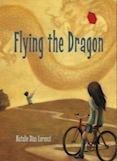by Yoo Kyung Sung, University of New Mexico, Albuquerque
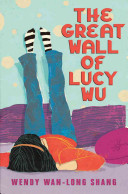 Following last week’s blog, I reread my WOW Book Reviews, all of which illustrated conflicts with young protagonists and their cultural affiliations. Each protagonist struggled with their cultural identity, though in different ways. Eleven year-old Lucy, a Chinese-American in The Great Wall of Lucy Wu (Shang, 2011), is a proactive basketball player who tends to downplay her Chinese side. Her parents are Chinese-Americans and when a new family member from China upsets the cultural dynamics at home, it challenges Lucy’s perception of herself. Maomao, in A Near Year’s Reunion (Cheng-Liang, 2011), is a Chinese girl that lives with her mom most of the time because her father’s job requires a lot of travel. The Indian-American girl, Dini, in The Grand Plan to Fix Everything (2011), is also eleven. She revels in Bollywood movies, Bollywood celebrities, and dreams of being a movie scriptwriter. Her journey from the small rural community of Swapnagiri, in Southern India, to Maryland is filled with discoveries for her. Continue reading →
Following last week’s blog, I reread my WOW Book Reviews, all of which illustrated conflicts with young protagonists and their cultural affiliations. Each protagonist struggled with their cultural identity, though in different ways. Eleven year-old Lucy, a Chinese-American in The Great Wall of Lucy Wu (Shang, 2011), is a proactive basketball player who tends to downplay her Chinese side. Her parents are Chinese-Americans and when a new family member from China upsets the cultural dynamics at home, it challenges Lucy’s perception of herself. Maomao, in A Near Year’s Reunion (Cheng-Liang, 2011), is a Chinese girl that lives with her mom most of the time because her father’s job requires a lot of travel. The Indian-American girl, Dini, in The Grand Plan to Fix Everything (2011), is also eleven. She revels in Bollywood movies, Bollywood celebrities, and dreams of being a movie scriptwriter. Her journey from the small rural community of Swapnagiri, in Southern India, to Maryland is filled with discoveries for her. Continue reading →
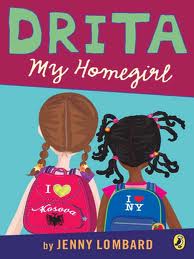 One of the graduate courses I teach in Literacy Studies is an introductory course in bilingualism and biliteracy for teachers who are seeking certification as Literacy Specialist. While this course provides a broad overview of many aspects of language and literacy development in multilingual contexts, it also offers opportunities for in-service teachers to consider issues of cultural and linguistic identity, race, and power, as experienced by immigrant and transnational families. Continue reading
One of the graduate courses I teach in Literacy Studies is an introductory course in bilingualism and biliteracy for teachers who are seeking certification as Literacy Specialist. While this course provides a broad overview of many aspects of language and literacy development in multilingual contexts, it also offers opportunities for in-service teachers to consider issues of cultural and linguistic identity, race, and power, as experienced by immigrant and transnational families. Continue reading 


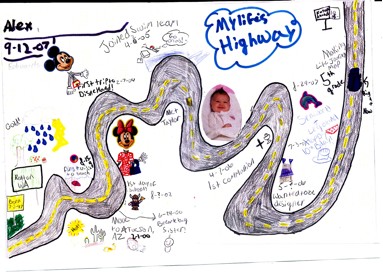 The Common Core State Standards put a major emphasis on the close reading of texts, recommending that students find and cite evidence in the text as they discuss key ideas and details, craft and structure, and knowledge and ideas. Text analysis is viewed as bringing rigor to reading with an emphasis on higher level critical reading skills. Any text read to or by students is used for instructional purposes, to teach something. If students respond to a text by talking about what it reminds them of from their lives, teachers are to steer students back to the task and ask them to talk about what the story is about—to get the details and to support their statements by citing evidence in the text. Text-dependent questions and evidence, not connection, are valued.
The Common Core State Standards put a major emphasis on the close reading of texts, recommending that students find and cite evidence in the text as they discuss key ideas and details, craft and structure, and knowledge and ideas. Text analysis is viewed as bringing rigor to reading with an emphasis on higher level critical reading skills. Any text read to or by students is used for instructional purposes, to teach something. If students respond to a text by talking about what it reminds them of from their lives, teachers are to steer students back to the task and ask them to talk about what the story is about—to get the details and to support their statements by citing evidence in the text. Text-dependent questions and evidence, not connection, are valued. 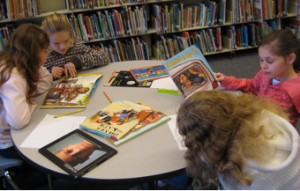 One aspect of the Common Core State Standards that has received a great deal of attention is the increased focus on informational texts. The CCSS document calls for 50/50 split between informational and literary texts in kindergarten, gradually increasing to a 70/30 split in high school.
One aspect of the Common Core State Standards that has received a great deal of attention is the increased focus on informational texts. The CCSS document calls for 50/50 split between informational and literary texts in kindergarten, gradually increasing to a 70/30 split in high school.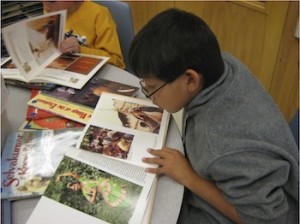
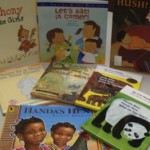
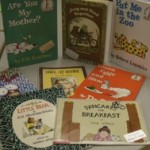
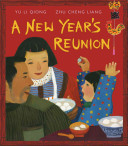 Often I think my English accent is like a cultural microchip that contains my cultural and linguistic DNA. That microchip reflects the local and global contexts from several different U. S. and international environments in which I have lived. My personal aesthetic responses in my literature reviews reflect the salient insights of both my views of diversity and of contemporary global connections as they relate to multiculturalism in the U. S.
Often I think my English accent is like a cultural microchip that contains my cultural and linguistic DNA. That microchip reflects the local and global contexts from several different U. S. and international environments in which I have lived. My personal aesthetic responses in my literature reviews reflect the salient insights of both my views of diversity and of contemporary global connections as they relate to multiculturalism in the U. S. 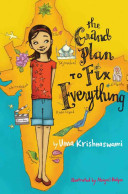 Korea’s traditional beauty is mirrored in its architectures, symbols, pottery, and ancient palaces and make up most of the common “Korean” postcard faces I encountered when I visited one of the most popular and largest bookstores in Seoul, Kyobo books. I mumbled, “interesting,” and felt and tasted a kind of betrayal. I felt I have fought consistently for a postcolonial non-Eurocentric portrayal of Asian and Korean cultures in my children’s literature studies, yet such traditional subjectivity is produced and consumed internally in Korea as a mark of Koreanness. Tradition is like a double edged sword providing rich cultural facets and, concurrently, glaringly flawed over-representations of a culture, producing a “tunnel vision” (Scott,1998, p.47) of narrow understanding of that culture.
Korea’s traditional beauty is mirrored in its architectures, symbols, pottery, and ancient palaces and make up most of the common “Korean” postcard faces I encountered when I visited one of the most popular and largest bookstores in Seoul, Kyobo books. I mumbled, “interesting,” and felt and tasted a kind of betrayal. I felt I have fought consistently for a postcolonial non-Eurocentric portrayal of Asian and Korean cultures in my children’s literature studies, yet such traditional subjectivity is produced and consumed internally in Korea as a mark of Koreanness. Tradition is like a double edged sword providing rich cultural facets and, concurrently, glaringly flawed over-representations of a culture, producing a “tunnel vision” (Scott,1998, p.47) of narrow understanding of that culture. Following last week’s blog, I reread my WOW Book Reviews, all of which illustrated conflicts with young protagonists and their cultural affiliations. Each protagonist struggled with their cultural identity, though in different ways. Eleven year-old Lucy, a Chinese-American in
Following last week’s blog, I reread my WOW Book Reviews, all of which illustrated conflicts with young protagonists and their cultural affiliations. Each protagonist struggled with their cultural identity, though in different ways. Eleven year-old Lucy, a Chinese-American in 